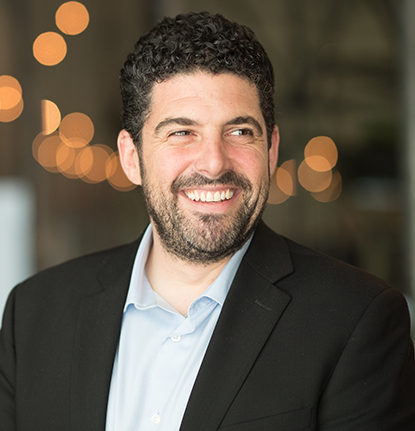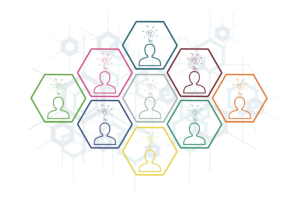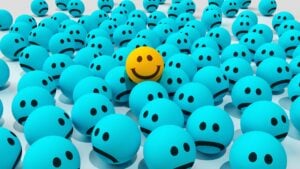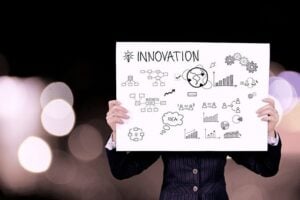The super mind is something that global corporate enterprise, and anyone within the innovation discipline, can carry forward. But first, just what is the super mind?
“We assume that the super mind is a group of individuals that are acting in an intelligent way. This is coming from Thomas Malone research from the collective intelligence at MIT,” notes Liebana. “However, when we were engaging with 55 different countries, and hundreds of stakeholders and organizations, we saw the complexity of coordinating all these organizations with their own interests, their own goals, and applying innovation on top of all this. We thought that this collective intelligence was the key to enable this innovation happening. We needed to understand how to handle so many different stakeholders in a way that we can coordinate them to create value for the operation, but also from an innovation perspective.”
Harnessing that collective intelligence could include artificial intelligence as part of the process. Yet, how much of that process is also human centric?
Liebana says, “I think you go step by step at the beginning, but we were talking about the framework like a job to be done analysis where we are trying to understand what the other perspectives in the innovation value are—not only the functional and the system technologies, but how we can go beyond that and going through the emotional and the social aspects of the fan experience. There is a combination of so many different stakeholders, understanding the customer journey, understanding which is the key touch points and the pain points that we are going to face, how we can leverage the system technologies, the mobile apps, the physical devices and so on. And how we can integrate all that in a way that is going to be harmonic, and then create this symphony of emotions that we were seeing all around the studios.”
However, technology such as AI is only the tool at the end of the day to overcome the challenges of such a large project. It is still humans that are the focus.
He continues, “I think when we are talking about a super mind, for the FIFA World Cup, we are applying a human centric approach because at the end of the day, all the value that we are creating is for the fans. We have a clear customer. We know what they are looking for, what they are expecting, and we are trying to provide this. The challenge is how you combine and synchronize all these emotional aspects of that mega brand with all the operations. But finding, for example, the right timing, to explore and to expand the innovation potential and then coming into the operations and trying to synchronize all these, I think it’s the best approach.”
Finding the Value
Even with the interaction of so many countries, and the use of so many technologies, it is the experience that was framed by who the customers are. And by the ultimate value.
“One of the first principle of this super mind innovation, we were assuming it’s a holistic perspective,” says Liebana. “The key theme for us is to identify what kind of value we are generating. And when you think about value, you don’t think about technology, you think about what is the ultimate value that you want to create. And this is where we are coming from in a functional, emotional and social aspect. So once you understand what you are trying to do is just to orchestrate an emotional dance with all the fans. So this is not related to technology.”
It feels like this methodology can be applied going forward, beyond soccer, to other mega events, the entertainment industry, corporate enterprises and so on—to create and harness collective intelligence to create new value.
“I really think that it’s not that difficult to apply the same concepts,” Liebana says. “When we are talking about collective intelligence, the quantities is a critical factor. What we have learned because of the complexity of the number of stakeholders is that the more you interact, the more friction you create, the better quality you are going to create. And you need to put this idea on the table, let them discuss and have a very difficult answer in the discussions so that the more pressure you put, the earlier you are going to transform a rock into a diamond.”
What could be next after the FIFA World Cup? And what lies ahead in the future, both from a technology perspective and a human consciousness one? See the video from FEI for more on Seth Adler’s conversation with Oscar Barranco Liebana.
Contributors
-

Seth Adler heads up All Things Insights & All Things Innovation. He has spent his career bringing people together around content. He has a dynamic background producing events, podcasts, video, and the written word.
View all posts -

Matthew Kramer is the Digital Editor for All Things Insights & All Things Innovation. He has over 20 years of experience working in publishing and media companies, on a variety of business-to-business publications, websites and trade shows.
View all posts





































































































































































